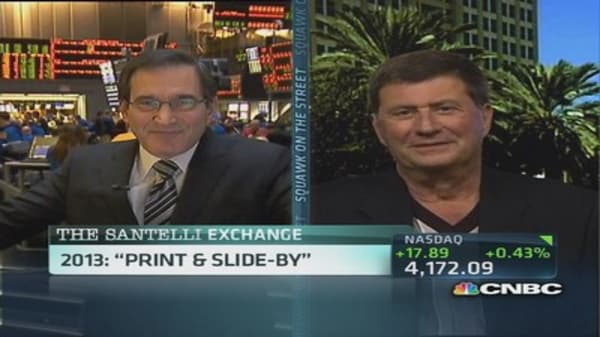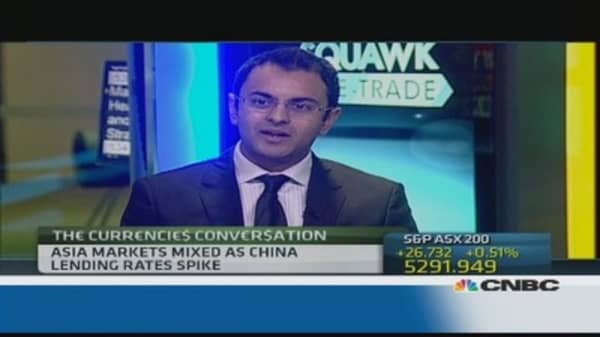A big caution flag should accompany currency traders' apparently overwhelming bets that the euro will lose ground against the dollar as a result of an expected widening of interest rate differentials favoring greenback-denominated assets.
The yield gap along the entire term structure may indeed open up, but more substantive investment arguments have to be considered in the context of capital flows into bond and equity markets. And that is where the dollar-euro story transcends the simplicity of yield differentials.
(Read more: Euro has sights on $1.40: Charts)
America's bond prices have been declining for the last two years, despite the fact that, over that period, the U.S. Federal Reserve (Fed) bought more than $1 trillion worth of Treasury securities to keep long-term interest rates down. The most recent events suggest that this trend is very likely to continue as a result of the strengthening cyclical upturn in the United States, the Fed's announced withdrawal of monthly asset purchases and the ensuing increase of short-term interest rates.
In view of that, it seems that the probability is very low for any substantive capital inflows into U.S. fixed-income markets over the next twelve months.






